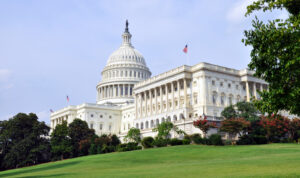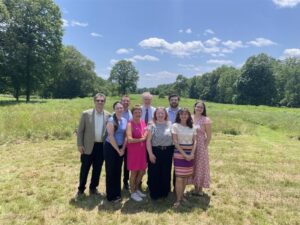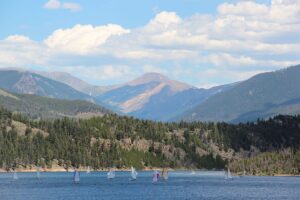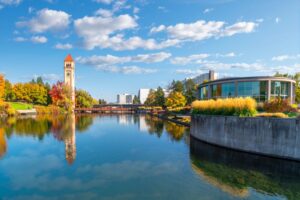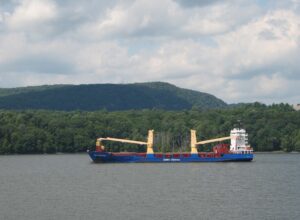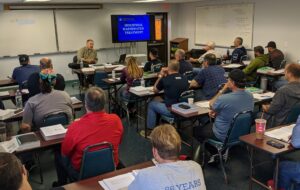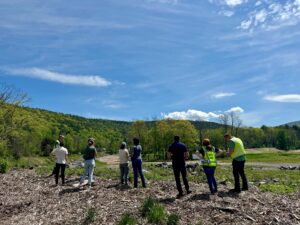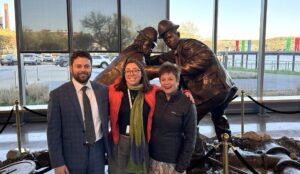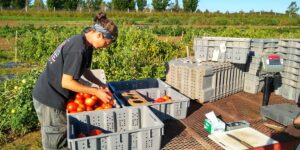-
Letter to Congress Outlines Potential Impacts of Budget Cuts on Clean Water Act Programs
In response to the President’s FY 2026 Discretionary Budget Request and the EPA’s FY 2026 Budget in Brief, NEIWPCC recently sent a letter to all members of the U.S. House…
-
Celebration Honors 40 Years of Action to Improve the Long Island Sound
NEIWPCC joined senior officials from the EPA, Connecticut and New York, along with many other partners, on June 20 in Rye, NY, to celebrate 40 years of progress in restoring…
-
Clean Water Podcast Explores Successful Maintenance of Water Quality in Colorado Reservoirs
The latest episode of the “Clean Water Pod” podcast features Dillon Reservoir in Summit County, Colorado. Known for its clear, deep blue waters, the reservoir serves as a drinking water…
-
Registration Opens for the National Tanks Conference
Early bird rates are now available. The 28th National Tanks Conference (NTC) will take place in Spokane, Washington on September 22-25. The event brings together underground storage tank professionals, including…
-
Real-Time Data on Coastal Conditions Aids Hudson River Safety
Navigating New York waterways just got a bit easier. The National Oceanic and Atmospheric Administration (NOAA) and the New York State Department of Environmental Conservation (NYSDEC) announced the establishment of…
-
Building Operator Skills: Meet NEIWPCC Trainer Tom Bienkiewicz
By Beth MacBlane Walking to grammar school, Thomas (Tom) Bienkiewicz recalls crossing over the Blackstone River in Blackstone, Massachusetts, always curious to see what color the river would be running…
-
New Research Measures Suitability of Reducing Phosphorus in Lake Champlain Through Floodplain Restoration
In recent years, Lake Champlain waters have been impaired by excess phosphorus, largely due to the number of surrounding farmlands. Lake Champlain Basin Program’s (LCBP) Long-Term Monitoring Program estimates that…
-
Seven Pillars of the Drinking Water Source Protection Program
New York state’s Drinking Water Source Protection Program (DWSP2) is a locally led, state-supported program that empowers municipalities to proactively protect their public drinking water sources. Since the inception of…
-
NEIWPCC Staff Advocate for Water Policy at National Fly-In
Every April, water professionals convene in Washington D.C. for the National Water Policy Fly-In, a two-day conference focused on ongoing challenges and policy changes in the water sector. Throughout the event,…
-
New Bioextraction Research Informs Water Quality Work in the Long Island Sound
Nutrient pollution resulting from wastewater, fertilizer and stormwater runoff negatively impacts the health of the Long Island Sound and its coastal bays, harbors, and tidal estuaries. One way to address…
